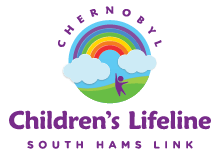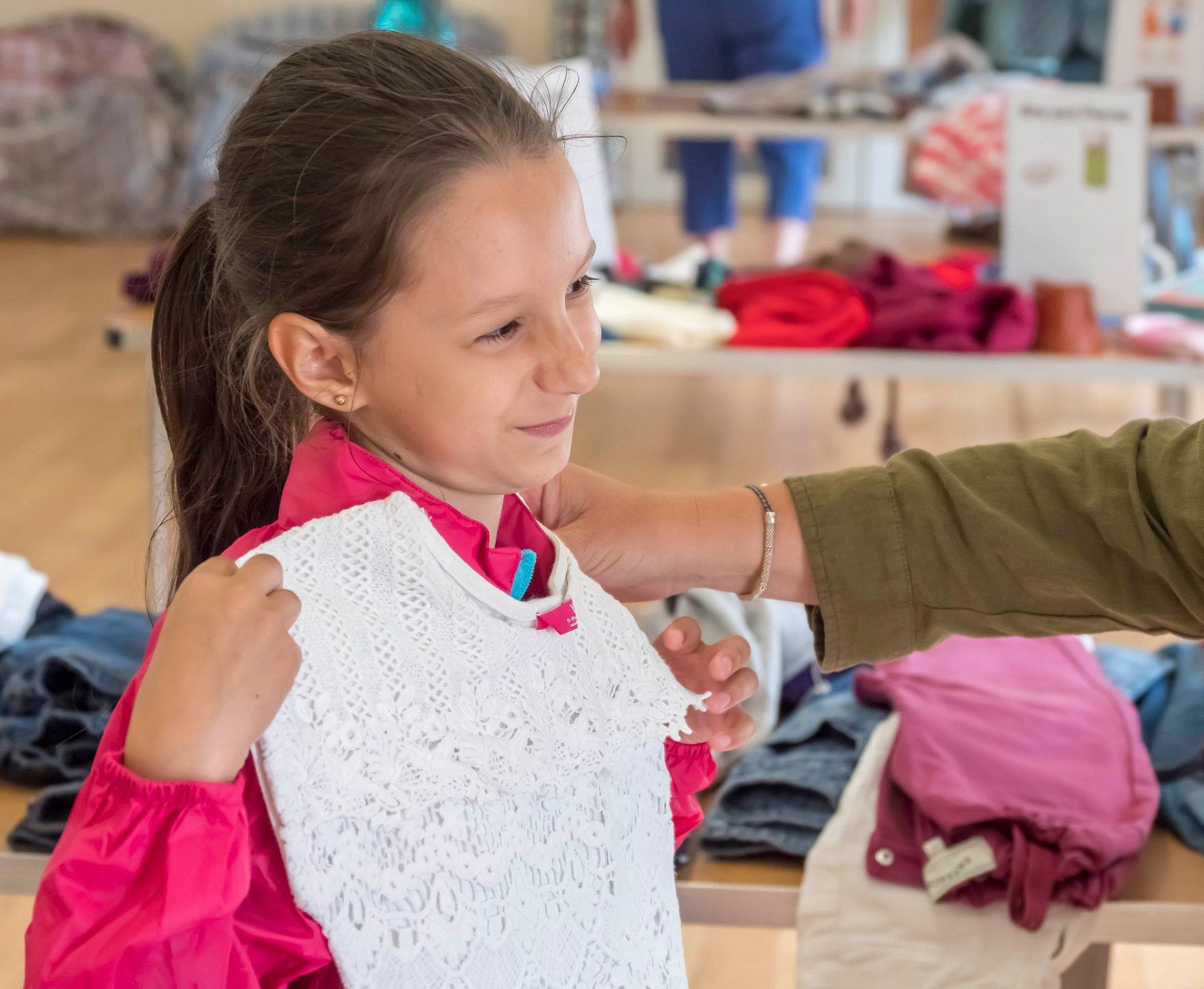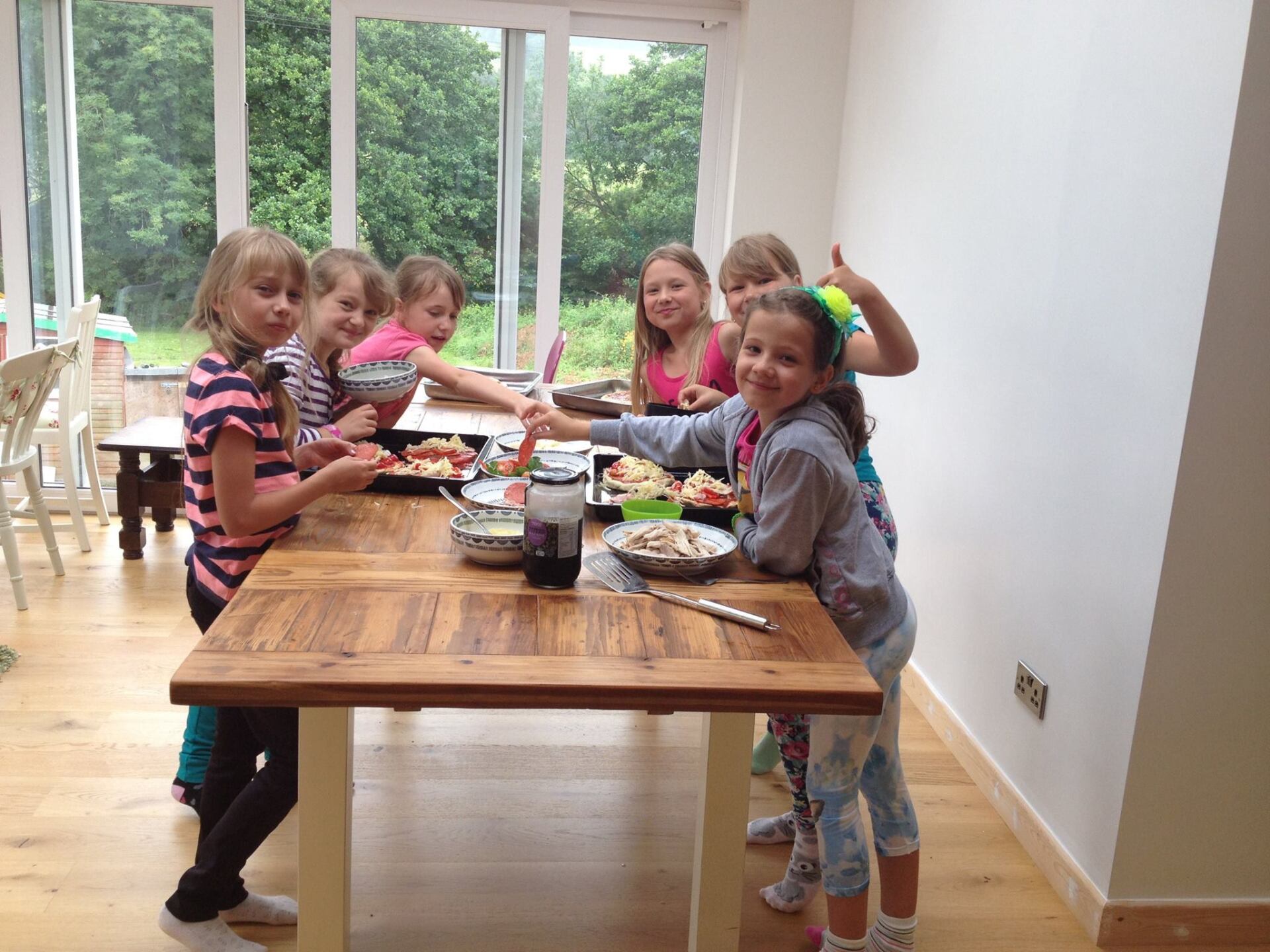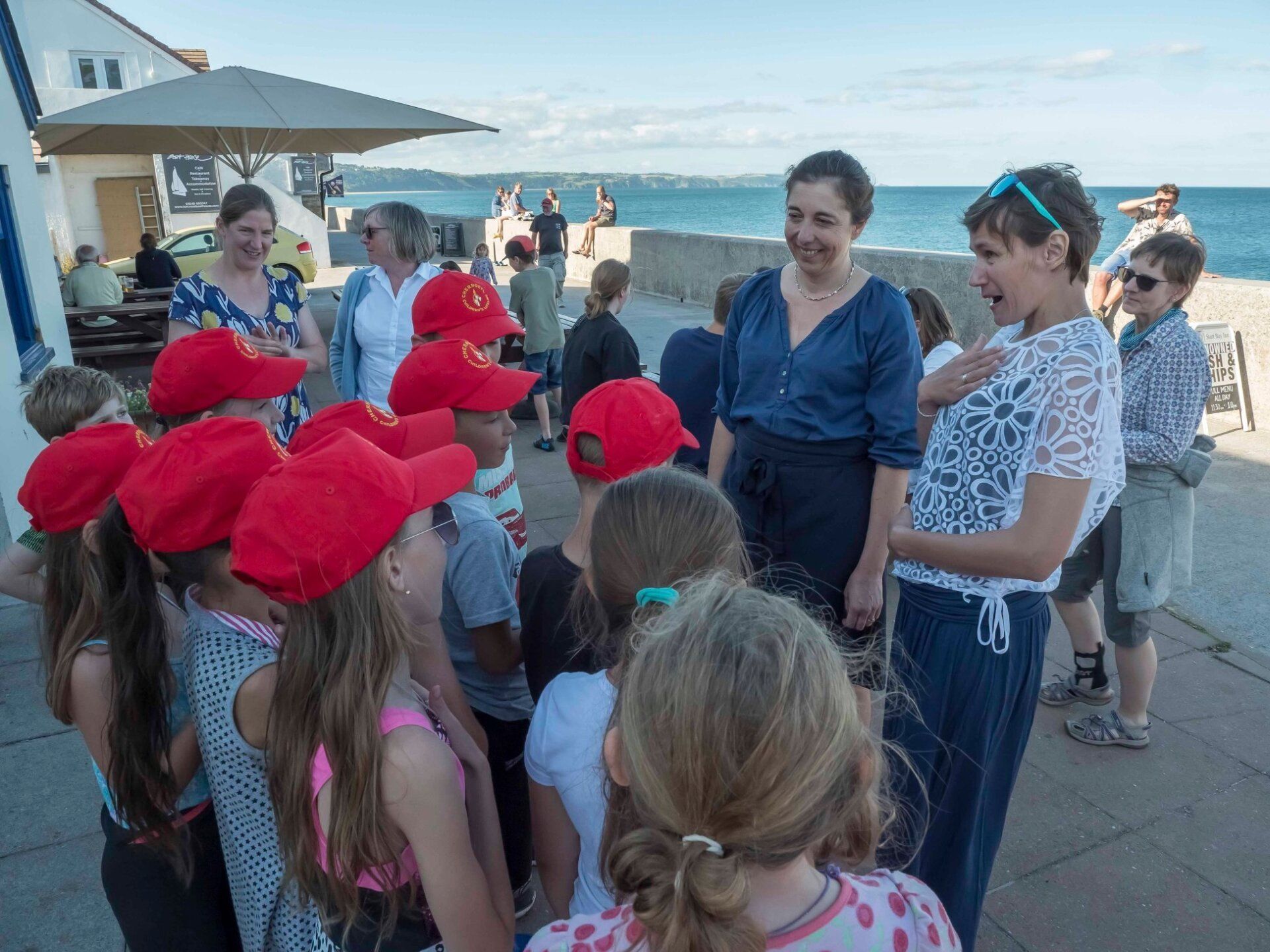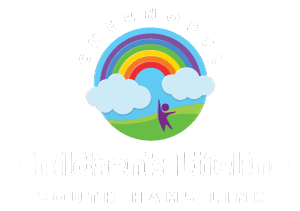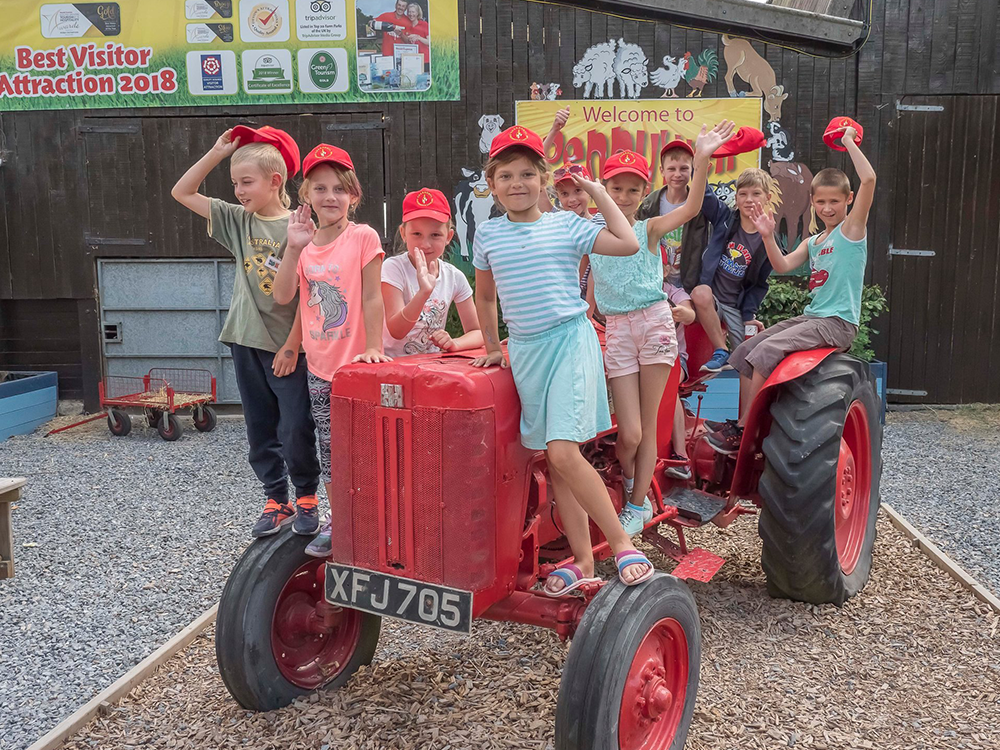
About
The central Chernobyl Children’s Lifeline charity was set up in 1992 to support families and children from Belarus and Ukraine.
Sue Wyeth set up the South Hams branch in 2005, when one little girl in particular touched her heart. She met Alyona, who is now in her twenties, when she was a shy little girl, arriving in the UK in a pair of leather boots so enormous that they were impeding her ability to walk properly.
When Alyona went home, Sue worried about what she was going back to, so she went to visit Alyona. On seeing the environment that families were still exposed to everyday, Sue felt compelled to try to help, so she set up the Chernobyl Children’s Lifeline South Hams, which she has run ever since.
What does Chernobyl Children’s Lifeline South Hams do?
The Chernobyl Children’s Lifeline South Hams supports the children in a number of ways - fundraising, special projects, and in particular through annual trips to the UK. Each year we host a group of 10 children from the areas affected by Chernobyl, in Belarus and Ukraine. Historically, this has often been children from Kamarin, a village 24 miles from the Chernobyl nuclear reactor, in the south east of Belarus. The children come and enjoy four weeks of activities and fresh air, hosted by local families, and providing enough time to clear the radiation from their bodies for a short while.
The work that the link does in supporting children and their families makes a small but significant difference that the children carry with them for a lifetime.
We are enormously thankful for everything that every host, donor, fundraiser and supporter does for us and we are very much a community working together. You can help by volunteering, donating, fundraising or even becoming a host for children visiting in the summer months or by sponsoring a needy family throughout the year.
To find out more, please don’t hesitate to get in touch or to follow us on our social media channels on
Instagram and
Facebook. You can also
contact Sue by email or phone.
Why do they need our help?
In the last century, the people living in Belarus have experienced challenge after challenge. The First World War from 1914 to 1918 and then the Russian Revolution, which began in 1917.
The Second World War from 1939 to 1945 was particularly devastating. Belarus lost one in four members of the population and there were more than 50 concentration camps and prisoner of war camps built on their soil. Many villages were lost, never to be rebuilt.
They experienced life in the USSR from 1922 to 1991, and on 26th April 1986 the nuclear reactor at Chernobyl exploded.
About the Chernobyl Disaster
The Chernobyl nuclear accident is widely considered to be the greatest environmental catastrophe in the history of humanity, and its repercussions are still being felt by people living in the area today.
On 26 April 1986, the fourth reactor at the Chernobyl Nuclear Plant, 12km south of the Belarusian border, exploded. Belaurus was the country hit hardest by the disaster, with 75% of the fallout landing on its territory and affecting approximately 90% of its area, because the wind blew north at the time of the disaster. The people of Chernobyl were exposed to radioactivity 90 times greater than the Hiroshima bomb.
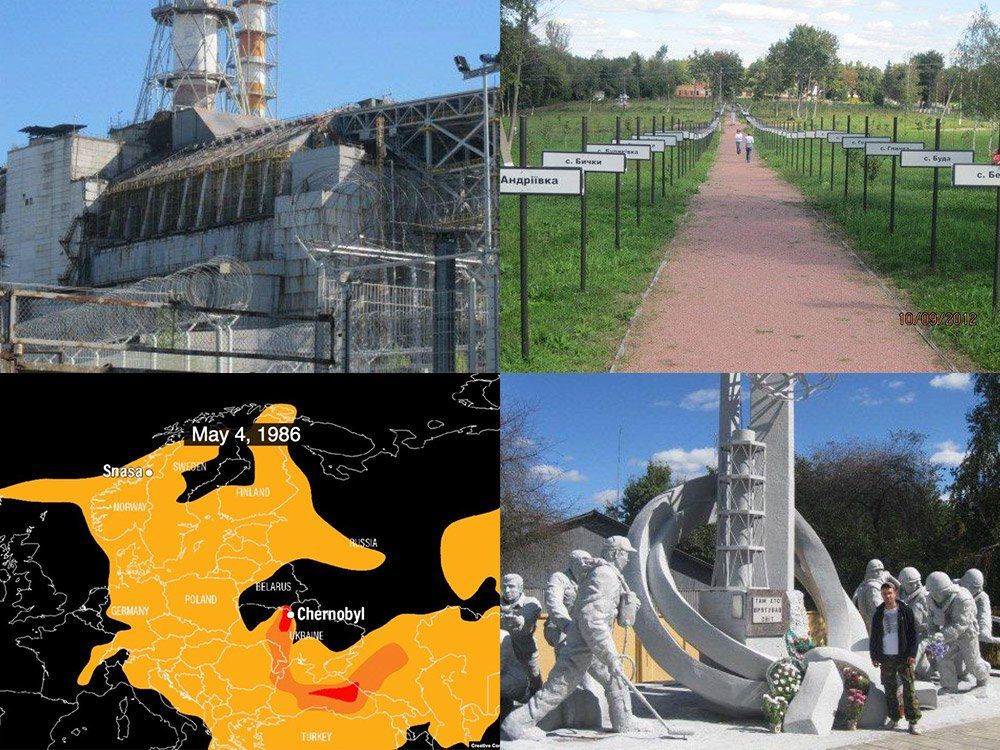
Here, the ground is still contaminated today and many of the families are growing their own food in that contaminated ground. There is still not a lot of work in the area and living conditions continue to be run down. Typically, families live in wooden houses or old Soviet apartment blocks with three rooms and often with three generations living together. The result is that people living in the area, including children, are getting a constant input of low level radiation, leading to immunity issues, childhood cancers, eye problems and problems with internal organs.
It’s over 30 years since the explosion, so more recently we have seen the childbearing years for those who were children at the time of the disaster. Many have found they are infertile and others are frightened to have children because of worries about potential health problems. There have also been many instances of children being born with birth defects.
For example, medical experts expect as many as 40% of children exposed to Chernobyl's radiation to develop thyroid cancer over the next 30 years. In 1988, 83 children were revealed to have thyroid gland problems. In 1989 the number was 807. In 1990 it had risen to 9,924. In addition to that, the death rate in Belarus has now exceeded the birth rate.
Contact Info
Address:
1 Whitley Orchard Cottages,
Thurlestone,
South Hams,
Devon.
TQ7 3LW
Phone:
01548 561783
07971 071451
Email:
sue.wyeth@btinternet.com
info@chernobylsouthhams.co.uk
Registered Charity Number: 1014274
© 2025 Chernobyl Children's Lifeline South Hams - All Rights Reserved | Privacy Policy | SiteMap
